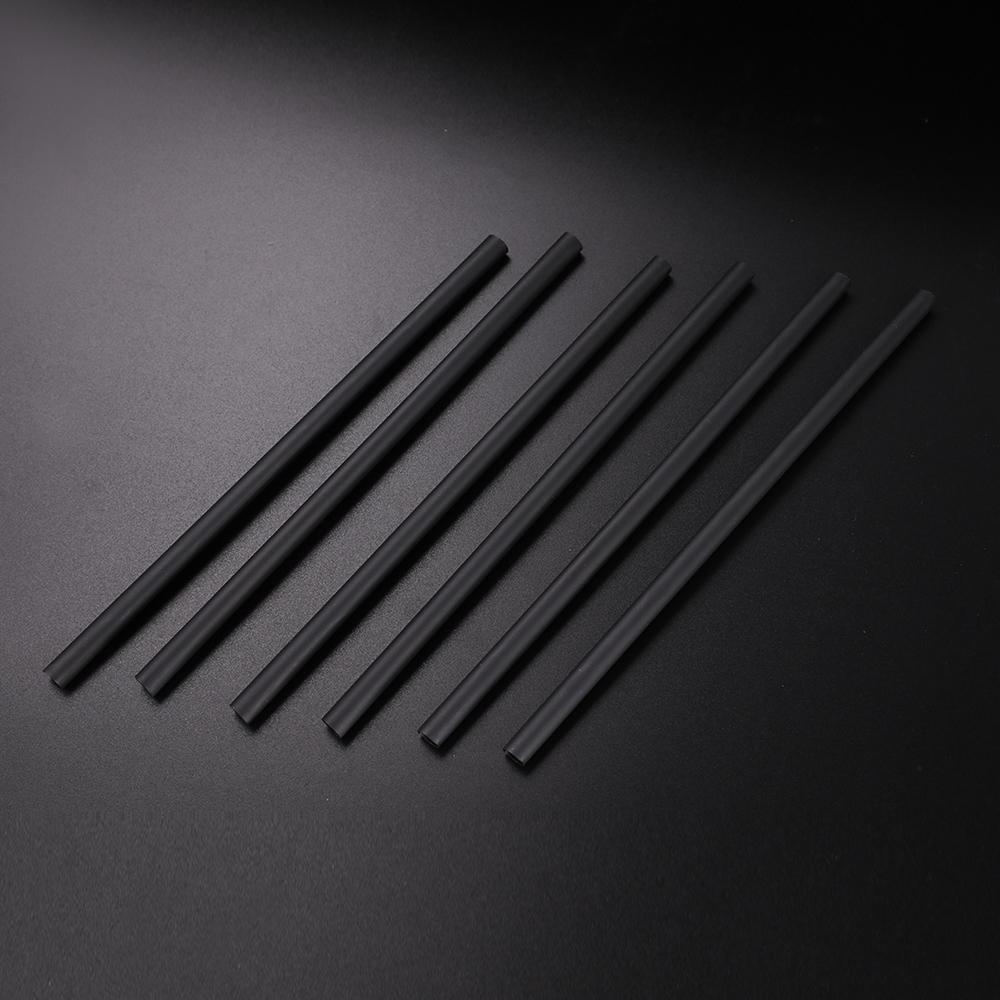Disposable biodegradable straws are typically made from natural materials like paper, polylactic acid (PLA) derived from corn starch, and sugarcane fibers. These materials are designed to decompose easily in the environment, reducing long-term pollution. One of the key advantages of disposable biodegradable straws is their convenience. Users can discard them after a single use, eliminating the need for washing, which makes them ideal for the food service industry and outdoor events. Additionally, advancements in technology have improved the durability and user experience of disposable biodegradable straws, making them increasingly comparable to traditional plastic straws.
However, disposable biodegradable straws also have some limitations. While they are biodegradable, greater decomposition occurs under industrial composting conditions, which may not be available in all areas. This means that in household waste systems, they might take longer to break down. Furthermore, disposable biodegradable straws are generally more expensive than traditional plastic straws, which could influence consumer purchasing decisions. Lastly, the material composition of these straws can cause them to soften when exposed to high temperatures or prolonged soaking, affecting their usability.

